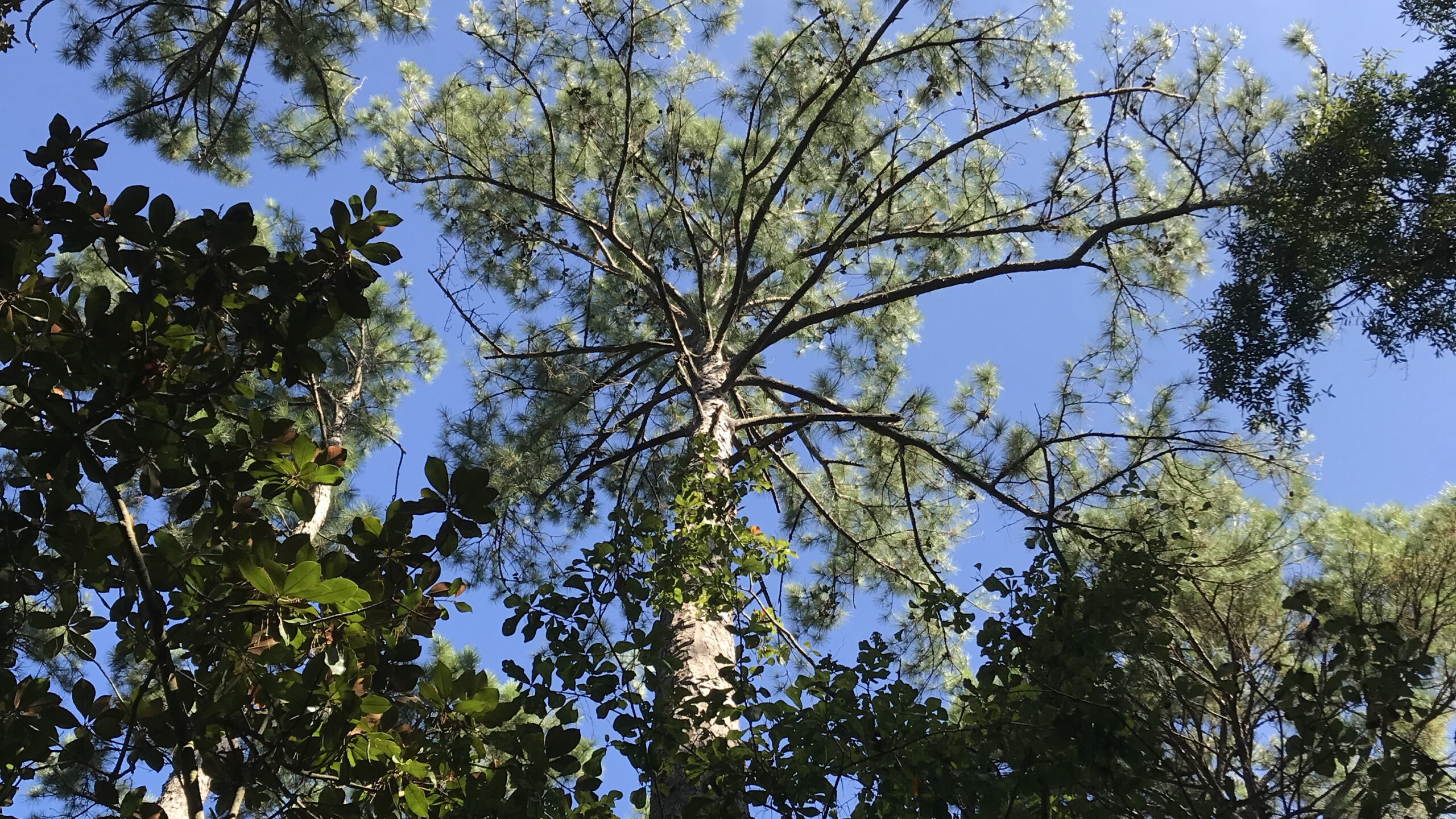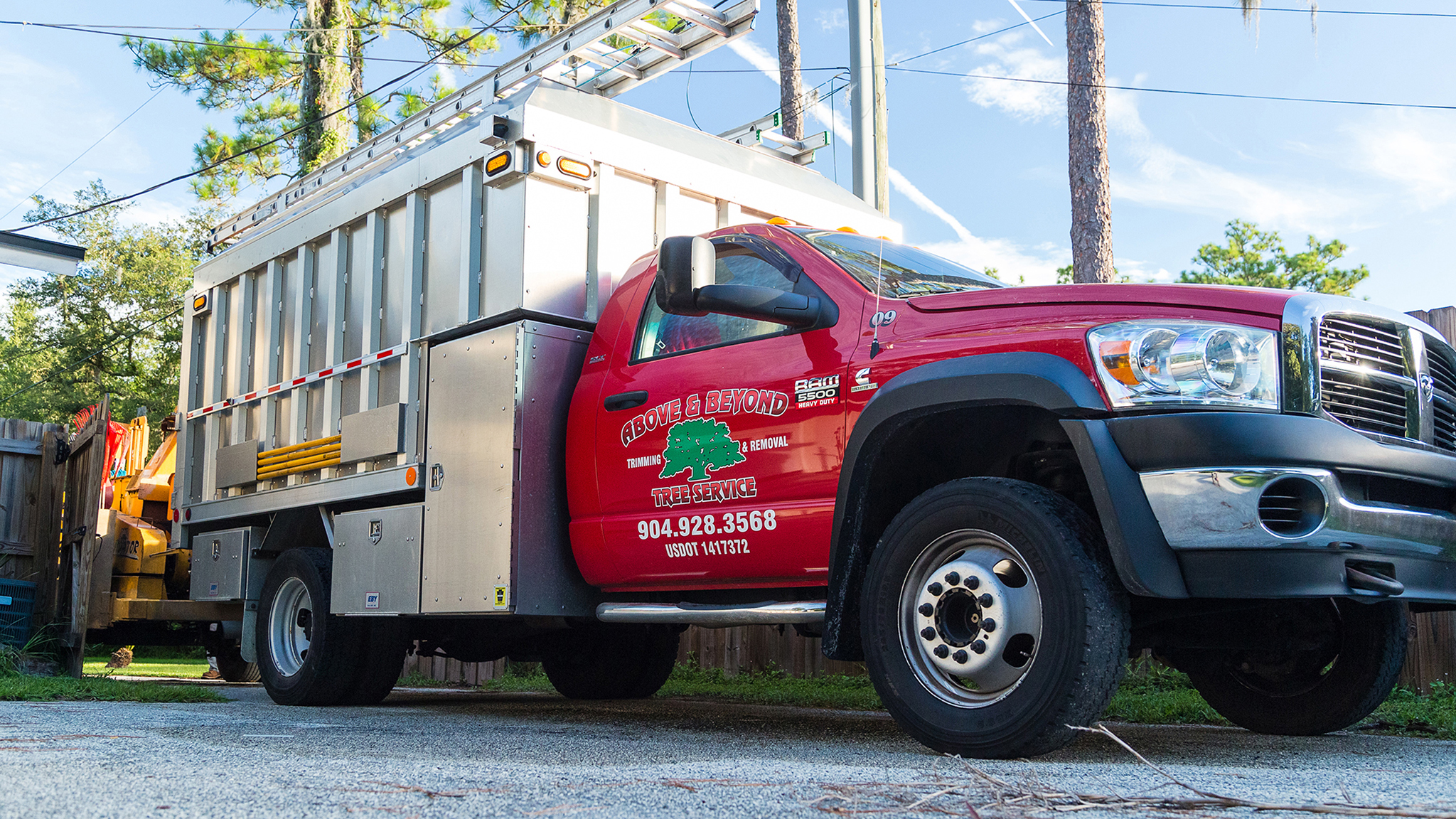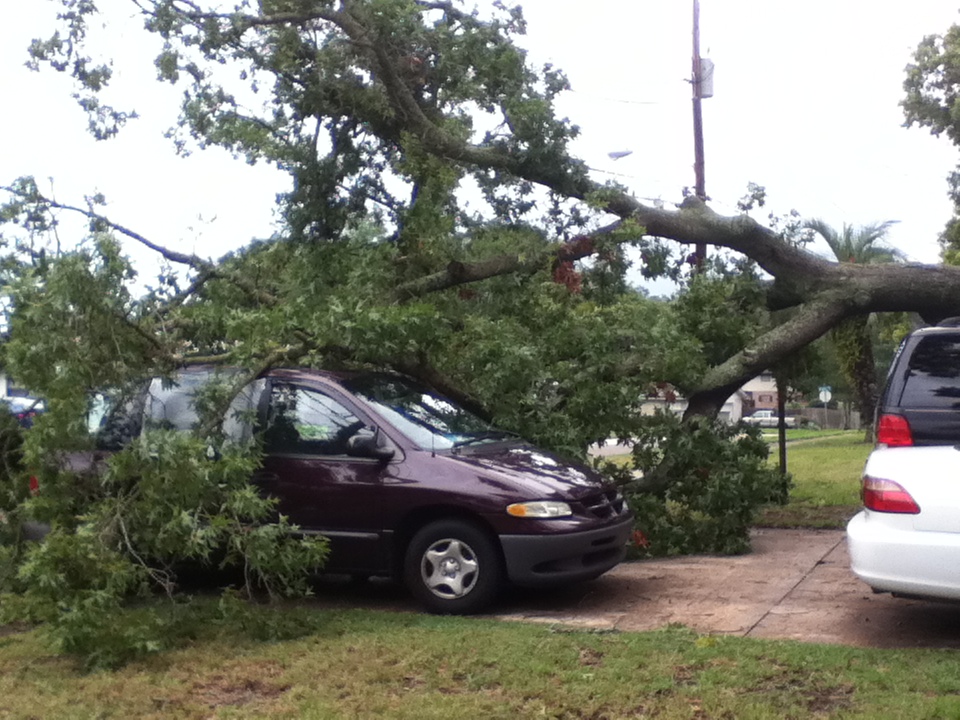Everything You Need to Know About the Loblolly Pine Tree
At Above and Beyond Tree Service we have a deep-rooted passion, devotion, and respect for trees. We are inspired by their beauty, strength, power, and their indelible role in our community and the environment. We want to share our passion for trees with you through our educational blog series, Tree Facts, to hopefully inspire you too. This series offers information we hope you’ll find useful on a different species of tree each month, focusing on trees you might find in your own backyard and neighborhood here in Northeast Florida.

Scientific name: Pinus taeda
Also known as: Arkansas Pine, North Carolina Pine, bull pine, Oldfield Pine (because of its tendency to invade abandoned agriculture sites, and rosemary pine (because of its aroma)
Size: 90-110 feet tall, 1.5-4 feet wide
Lifespan: 100-300 years. It is considered one of the fastest growing pines in South. It can reach 50 feet in 20 years.
Characteristics: The branches of the loblolly pine spread out from a high crown and may give a drooping appearance. The needles are 3-9 inches long and usually come in three needled fascicles. The needles usually last up to two years before falling. Loblolly cones usually grow in groups of two or three. Loblolly pines have a well developed lateral root system.

Blooming period: May, June
Habitat: Loblolly pines grow in moist forests and marshy regions near streams and river flood plains. They are found in pure stands and in mixtures with other pine species and hardwoods. This pine is used for soil stabilization because of its root system and fast growth.
Location: Maryland to Central Florida in the east to eastern Texas in the west. As far north as Illinois. Considered the most extensively planted species in the Southern U.S. and second most common species of tree in U.S.
What you should know: The loblolly is hardy and adaptable and can grow outside its native range. It often grows where other trees cannot, sometimes even becoming invasive.
Uses: Although considered a lower quality lumber than other pine species, loblolly pines are an important source of lumber in the Southeast and are used extensively in pine plantations for pulp wood to make paper products. It is also used for naval veneer.
Trimming tips: Because of their height, the loblolly pine is prone to lightening strikes. Consider having your loblolly trimmed so that it does not tower above other trees.
History: Like other species of pines, turpentine can be distilled from the resin in the loblolly, which has been used to treat a variety of ailments over the years. In the 1800s it was used to treat tuberculosis.
Fun facts: Loblolly seeds were among the tree seeds carried on board Apollo 14 during its 1971 mission. On its return the “moon seeds” were planted around the US, including at the White House and at the Doyle Conner Building in Tallahassee.
Resources:
https://edis.ifas.ufl.edu/pdffiles/EP/EP00700.pdf
http://www.sfrc.ufl.edu/Extension/florida_forestry_information/forest_resources/trees_of_florida_common_name.html
http://www.sfrc.ufl.edu/Extension/ffws/tfpin.htm#taeda
https://edis.ifas.ufl.edu/pdffiles/FR/FR00300.pdf
https://www.hunker.com/13429012/florida-pine-tree-varieties
http://www.treesforme.com/loblolly_pine.html
https://nssdc.gsfc.nasa.gov/planetary/lunar/moon_tree.html
http://bigtree.cnre.vt.edu/lifespan.html
https://homeguides.sfgate.com/loblolly-pine-trees-62551.html







